J. Crew began its journey as Popular Merchandise, Inc. in 1947, transitioning to a catalog model with its rebranding in 1983. The brand quickly gained popularity, offering stylish clothing through a combination of catalogs and retail locations. However, by the mid-2010s, J. Crew faced financial challenges, culminating in a significant bankruptcy in 2020. In the aftermath, the company restructured its debt and revitalized its brand under new leadership, placing a strong emphasis on quality and sustainable practices. Strategic collaborations with designers and a dynamic marketing approach have since reestablished J. Crew's presence in the retail landscape. To fully appreciate the extent of this transformation, continue to explore its captivating story.
Company Origins and Name Change
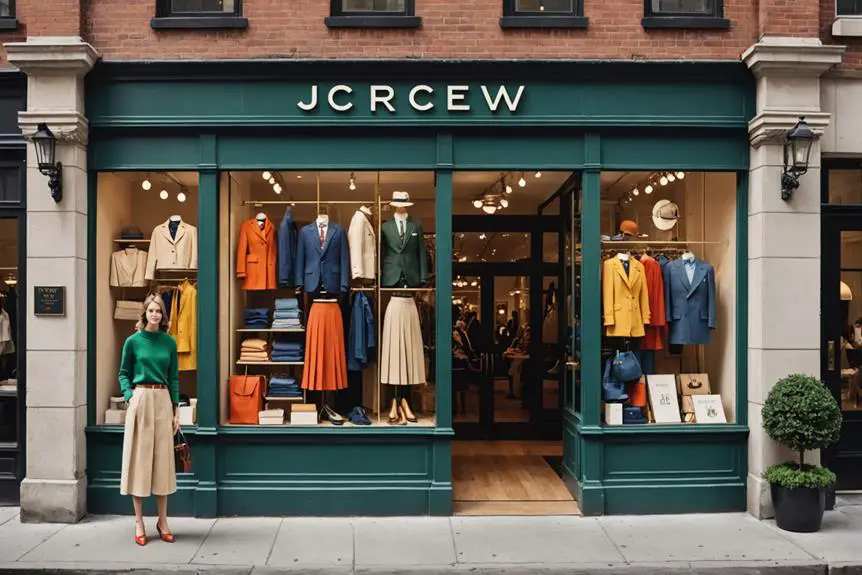
In 1947, J.Crew's journey began as Popular Merchandise, Inc., a venture launched by Mitchell Cinader and Saul Charles that focused primarily on mail-order catalogs. Initially, this company aimed to provide stylish, accessible clothing through its catalogs, competing with established brands like Ralph Lauren. The name change to J.Crew, Inc. in 1983 marked a significant shift toward a more fashion-oriented identity, aligning the brand with a contemporary consumer base seeking quality and style.
This transformation was pivotal as J.Crew launched its first catalog the same year, expanding its reach and reinforcing its commitment to fashionable offerings. The brand's evolution continued with the opening of its first retail store in 1989 at South Street Seaport in New York City, establishing a physical presence that complemented its catalog business.
Growth of Catalog and Retail
J.Crew's growth as a catalog and retail powerhouse reflects its strategic adaptation to changing consumer preferences and market dynamics. Founded in 1947 as Popular Merchandise, J.Crew launched its first catalog in 1983, successfully competing against established brands like Ralph Lauren. By the 1990s, the brand's catalog efforts flourished, mailing 24 editions annually and distributing over 80 million copies, greatly boosting brand recognition and expanding its customer base.
Transitioning to a multi-channel retail approach, J.Crew opened its first physical retail store in 1989 at South Street Seaport in New York City. This move marked a pivotal shift from catalog-only sales to a robust retail presence. The introduction of J.Crew Factory stores in 1988 further diversified its offerings, providing more affordable options and expanding the brand's reach.
Going Public and Private Again
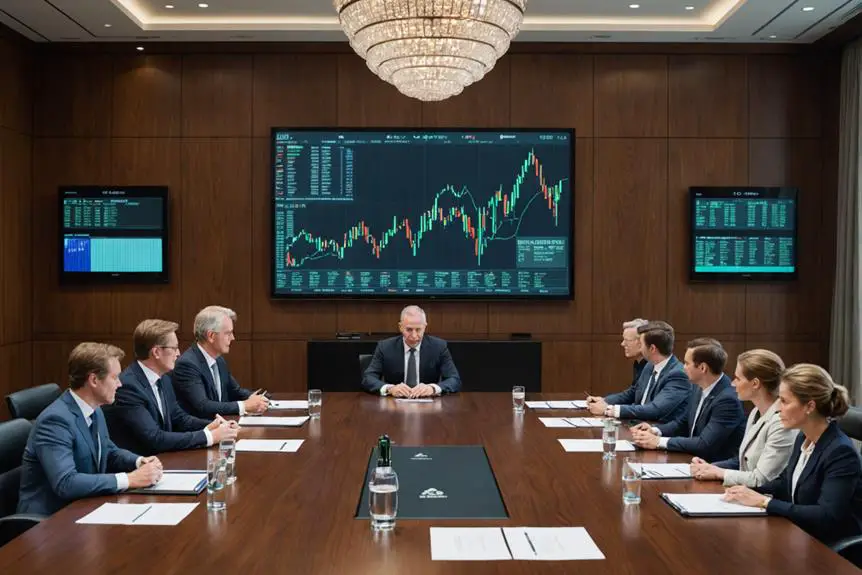
Amidst the evolving landscape of retail, J.Crew's journey through public and private ownership reflects broader market trends and internal challenges. Initially going public in 2006, J.Crew raised $376 million, marking a critical growth milestone. However, by 2011, financial pressures prompted a $3 billion leveraged buyout led by private equity firms TPG Capital and Leonard Green, allowing shareholders to cash out at a premium. This shift to private ownership didn't shield the company from turmoil, as it amassed nearly $2 billion in debt by 2017, triggering restructuring discussions and layoffs.
The COVID-19 pandemic exacerbated J.Crew's existing financial struggles, leading to its Chapter 11 bankruptcy filing in May 2020. This drastic step highlighted the vulnerabilities in its business model and the relentless pressures of the retail sector. Fortunately, J.Crew emerged from bankruptcy in September 2020, successfully restructuring its debt and appointing CEO Libby Wadle to spearhead the company's recovery efforts. The oscillation between public and private status illustrates not only J.Crew's resilience but also the complex dynamics facing retailers in a rapidly changing market.
Key Leadership Figures
Steering the tumultuous waters of retail requires strong leadership, and J.Crew has seen a series of influential figures at the helm during its evolution. Mickey Drexler's appointment as CEO in 2003 marked a transformative era, as he elevated J.Crew into a cultural icon, considerably enhancing its brand image and driving sales growth until his resignation in 2017. Following him, Jenna Lyons stepped in as creative director in 2008, redefining the aesthetic with a unique blend of high fashion and casual wear, which fostered substantial customer loyalty.
However, after Drexler, James Brett took over as CEO in June 2017 but faced mounting challenges, leading to his exit after just 17 months due to conflicts with the board and ongoing poor performance. In the wake of J.Crew filing for Chapter 11 bankruptcy protection in 2020, Libby Wadle was appointed CEO, focusing on improving product quality and reducing discounting strategies to revitalize the brand. Meanwhile, Brendon Babenzien was brought in as menswear creative director, aiming to enhance offerings for modern consumers while respecting J.Crew's heritage. These leadership shifts reflect the ongoing struggle to balance tradition with innovation.
Financial Struggles and Bankruptcy
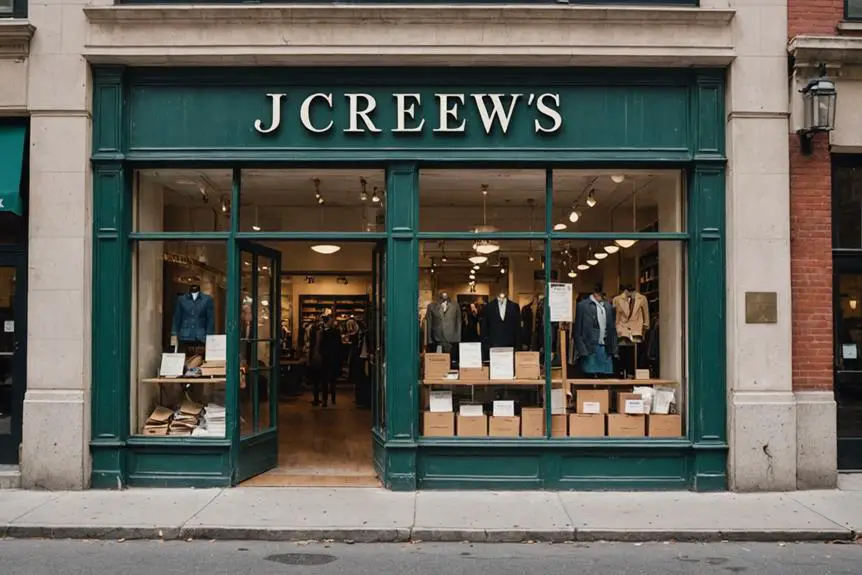
In the years leading up to its bankruptcy, J.Crew grappled with mounting financial pressures that culminated in a significant crisis. By 2016, the company reported nearly $2 billion in long-term debt, which severely impacted its financial stability and operational decisions. This burden became increasingly evident when J.Crew's net income plummeted from a profit of $35.4 million in 2013 to a staggering loss of $607.8 million in 2014. The alarming trend raised serious concerns about the retailer's financial health.
The COVID-19 pandemic further exacerbated J.Crew's financial struggles, leading to a series of poor quarterly results. On May 4, 2020, the company filed for Chapter 11 bankruptcy protection. During its proceedings, J.Crew secured $400 million in financing and negotiated to convert $1.65 billion of its debt into equity, facilitating essential restructuring efforts.
Emerging from bankruptcy in September 2020, J.Crew implemented a new leadership strategy aimed at debt reduction and revitalizing its brand image. This strategic pivot was vital for maneuvering the post-pandemic retail landscape and restoring consumer confidence in the brand.
J.Crew's Market Expansion
Following its bankruptcy, J.Crew recognized the need to revitalize its brand and expand its market presence. To address declining sales, the company opened its first international store in Toronto, Canada, in 2011, paving the way for future global endeavors. By 2018, J.Crew operated 506 retail stores, which included its flagship J.Crew locations, Madewell, and J.Crew Factory outlets.
A significant partnership with Nordstrom in 2016 allowed J.Crew to broaden its reach, selling products in their stores and online. Additionally, the launch of J.Crew Mercantile on Amazon in September 2018 further enhanced its online sales strategy, targeting a wider audience.
Despite these efforts, J.Crew faced challenges, leading to the closure of about 20 stores to streamline operations. The following table summarizes these market expansion efforts:
| Year | Initiative | Outcome |
|---|---|---|
| 2011 | First international store | Entry into the Canadian market |
| 2016 | Partnership with Nordstrom | Increased market presence |
| 2018 | J.Crew Mercantile on Amazon | Enhanced online sales |
| 2020 | Store closures | Response to declining sales |
These strategies illustrate J.Crew's adaptive approach in a challenging retail landscape.
Brand Partnerships and Collaborations

J.Crew's strategic brand partnerships and collaborations have played a pivotal role in redefining its identity and expanding its market appeal. By teaming up with notable designers and organizations, J.Crew has successfully tapped into new demographics and trends. For example, the collaboration with Maryam Nassir Zadeh produced a unique collection that marries both brands' aesthetics, attracting fashion-forward customers.
Moreover, J.Crew's partnership with USA Swimming™ demonstrated its commitment to performance-oriented fashion, as they developed a specialized range of swimwear catering to athletes. In August 2019, the collaboration with Hatch revealed a maternity collection, addressing the needs of expecting mothers and expanding the brand's reach into the maternity market.
Recognizing the growing secondhand market, J.Crew launched a collaboration with ThredUp in October 2019, promoting apparel resale and sustainability. Additionally, the partnership with New Balance™ allowed J.Crew to enter the athleisure segment, showcasing its versatility and appeal to fitness enthusiasts. These brand partnerships not only enhance J.Crew's product offerings but also align the brand with current consumer values, ultimately solidifying its relevance in a competitive retail landscape.
Marketing Strategies and Cultural Impact
Strategic partnerships have been an essential component of J.Crew's brand evolution, but the company's marketing strategies have also significantly shaped its cultural presence. By issuing 24 catalogs annually and distributing over 80 million copies, J.Crew bolstered its brand recognition during the 1990s, setting a benchmark that competitors sought to emulate. The brand's high-profile collaborations with designers and celebrities, like Maryam Nassir Zadeh and Universal Standard, have expanded its appeal across diverse consumer demographics, enhancing visibility and engagement.
J.Crew's commitment to inclusivity is evident in its launch of expanded sizing options and the J.Crew Rewards program in 2018, which foster customer loyalty and engagement. Their advertising campaigns have sparked important cultural conversations, particularly a 2011 campaign featuring a boy with pink nail polish that challenged traditional gender norms, showcasing the brand's progressive stance.
Positioning itself as a lifestyle brand, J.Crew effectively taps into both fashion and home decor markets, aligning with evolving consumer preferences for personal expression. Collectively, these marketing strategies not only reflect societal shifts but also affirm J.Crew's role in shaping contemporary cultural dialogues.
Recent Developments and Recovery Efforts
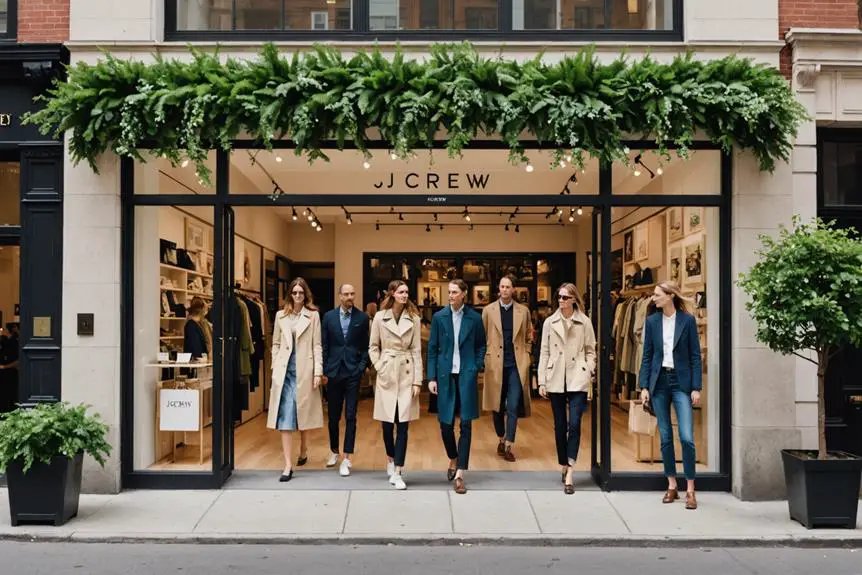
The seismic shifts in the retail landscape prompted J.Crew to undertake significant recovery efforts after its Chapter 11 bankruptcy filing in May 2020. Faced with overwhelming debt, exacerbated by the COVID-19 pandemic, J.Crew entered a pre-negotiated agreement to convert $1.65 billion of debt into equity. Appointing Libby Wadle as CEO shortly after the filing marked a pivotal shift in leadership aimed at revitalizing the brand and achieving financial stability.
By September 2020, J.Crew successfully exited bankruptcy protection, implementing strategies for debt reduction and streamlining operations. This included strategic store closures that allowed the company to focus its resources on high-performing locations. Wadle's revised marketing strategy emphasized quality over discounting, enhancing customer engagement and fostering brand loyalty during the recovery phase.
To further this revitalization, J.Crew enlisted Brendon Babenzien as the creative director for menswear, injecting fresh energy into the brand's identity. His vision aligns with contemporary consumer preferences, positioning J.Crew to better compete in a shifting retail environment. These recovery efforts reflect a commitment to not only survive but adapt and thrive in an ever-evolving marketplace.
Future Outlook and Trends
Maneuvering a transformed retail landscape, J.Crew's future hinges on its ability to resonate with evolving consumer preferences while maintaining a strong focus on quality and brand authenticity. As the brand emerges from bankruptcy, it's clear that strategic adaptations are crucial for long-term success.
To navigate these challenges, J.Crew is implementing several key strategies:
- Revitalizing menswear under Brendon Babenzien to attract a younger demographic and compete with high-end brands.
- Enhancing customer engagement through the J.Crew Passport program, fostering loyalty and community.
- Partnering with brands like New Balance and ThredUp to promote sustainability and apparel resale.
- Emphasizing inclusivity to broaden appeal and guarantee all customers feel represented.
- Focusing on storytelling and lifestyle marketing to redefine the brand's image in a fast-fashion world.
With a significant debt reduction, J.Crew is poised to stabilize its financial footing while investing in sustainable practices. By aligning with consumer values, it can create a future outlook that not only embraces quality and inclusivity but also adapts to the ever-changing retail environment. Your engagement with these evolving narratives will be key to the brand's resurgence.
Frequently Asked Questions
What Is the History of the J. Crew?
You'll find J.Crew's journey fascinating, from its mail-order roots to becoming a retail staple. It faced challenges and transformations, including a significant IPO and a bankruptcy, reflecting the dynamic nature of the fashion industry.
What Has Happened to the J. Crew?
You'll find that J.Crew has struggled with declining sales and competition since its bankruptcy exit. They've focused on enhancing product quality and marketing inclusivity, but challenges persist in regaining their former market position.
Who Was the Former Owner of J. Crew?
You'll find that J.Crew's former owner was TPG Capital, which acquired a significant stake in the brand. Their ownership catalyzed major restructuring efforts, shaping the company's trajectory until its eventual privatization in 2011.
Is J. Crew Old Money?
J.Crew embodies elements of old money through its classic, preppy styles and exclusivity. However, it's also evolved, appealing to a broader audience, which challenges its traditional old money image in today's diverse fashion landscape.
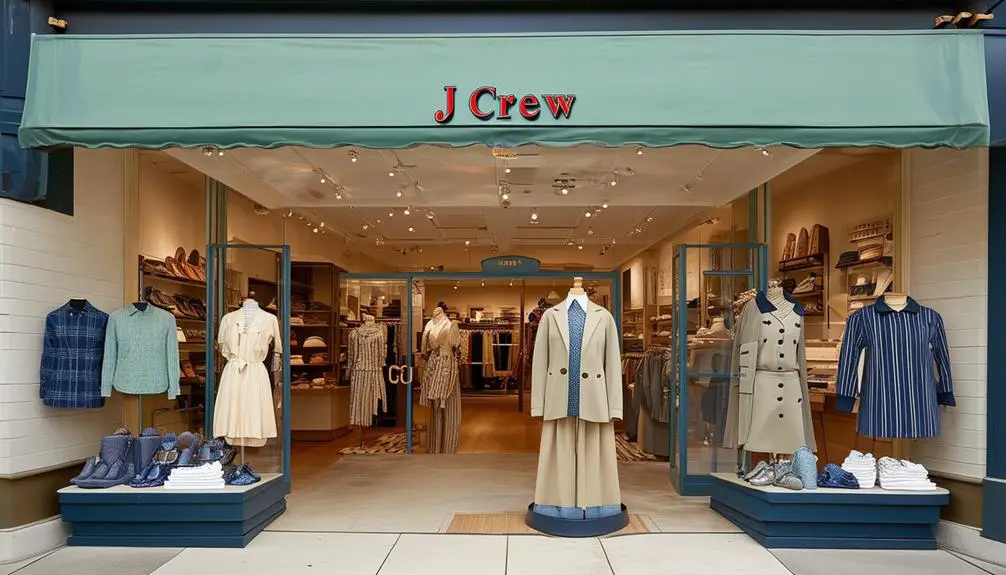

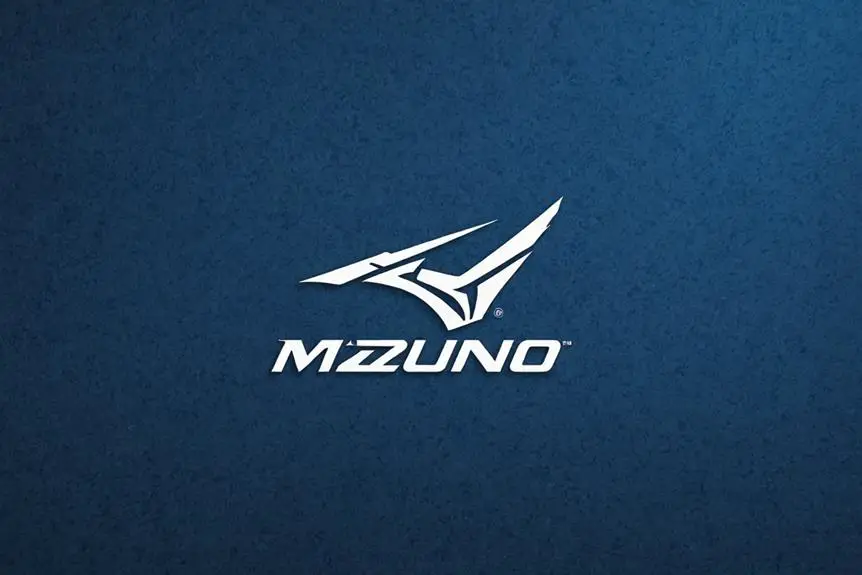

Can you be more specific about the content of your article? After reading it, I still have some doubts. Hope you can help me.